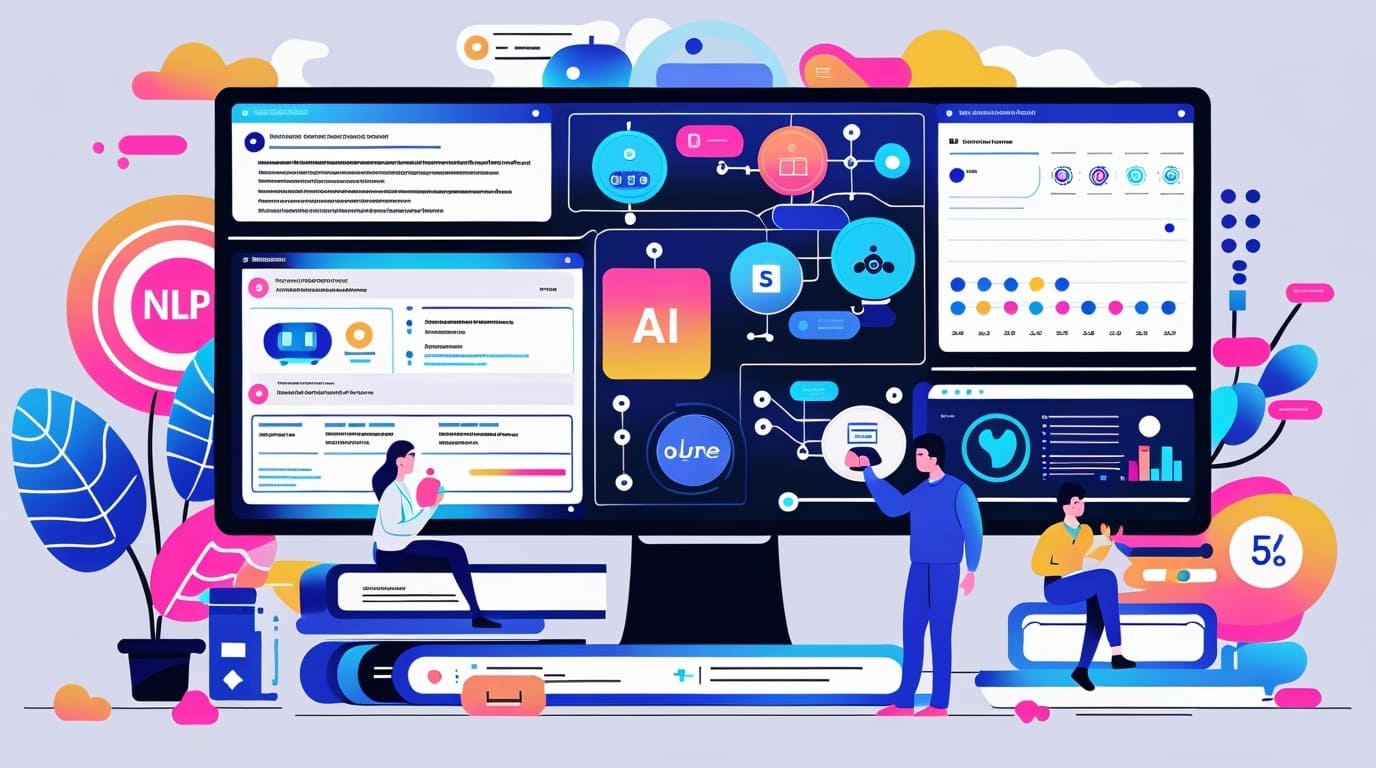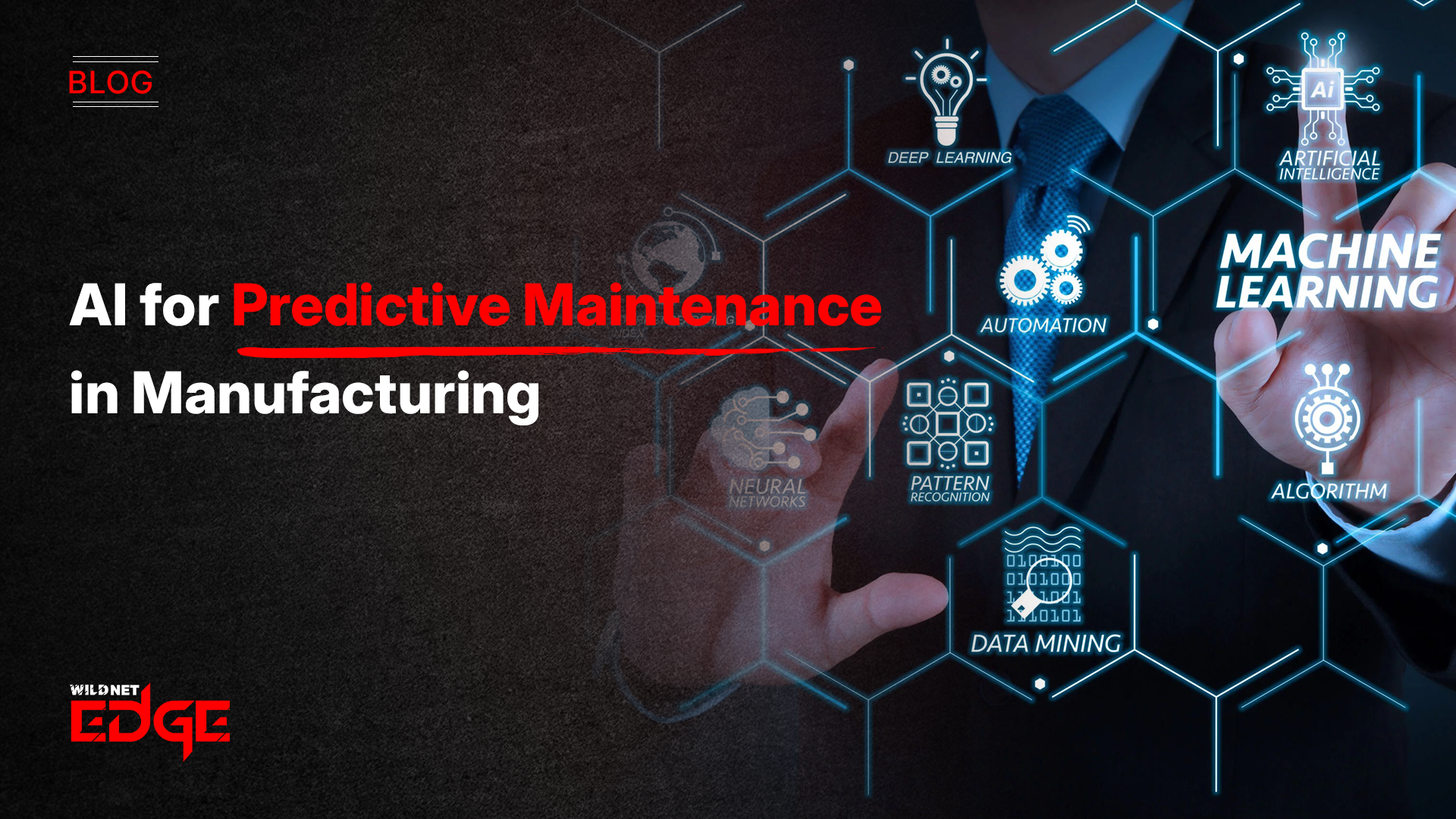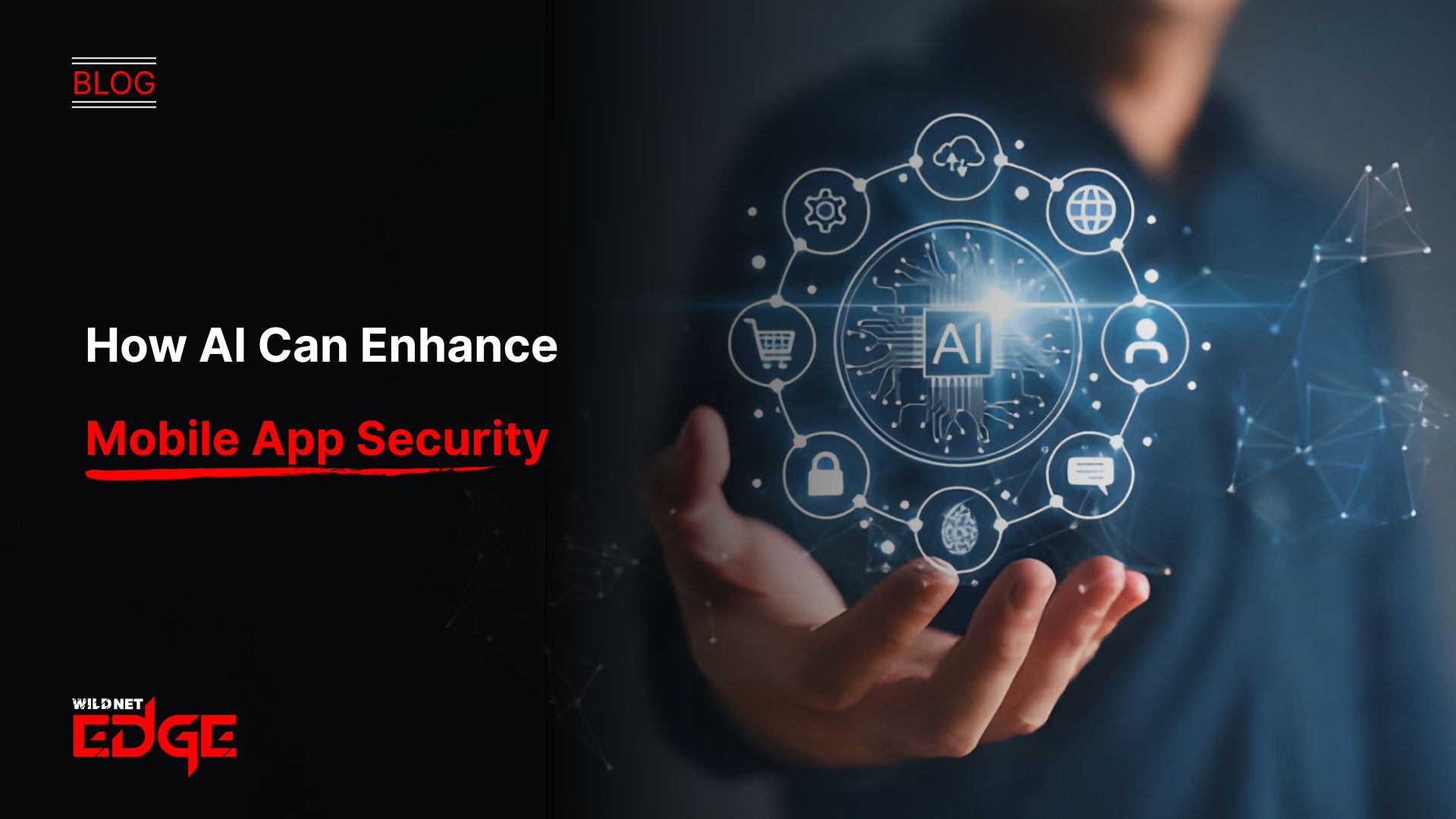The iot integration cost has emerged as a pivotal factor for businesses looking to adopt IoT solutions in 2025. Understanding these costs is essential for effective budget planning and ensuring maximum ROI. In this article, we will explore the elements that contribute to the iot integration cost and provide insights into smart device pricing, iot connectivity budget, and more essential aspects aimed at making informed decisions for your business.
Overview of IoT Integration Costs
Key Factors Affecting iot integration cost
Several key factors drive the iot integration cost in 2025. First, the technical requirements typically define the challenge. These include the need for robust hardware, sophisticated software, and seamless connectivity. Resource allocation also plays a crucial role; companies must budget for the tools and human resources necessary to implement an IoT solution effectively. Next, market trends indicate increasing demand for IoT solutions, subsequently influencing pricing and availability. As more businesses seek to incorporate IoT technologies to remain competitive, the market sees a rise in developer fees and equipment costs.
Benefits of IoT Integration and Their Costs
Investing in IoT integration provides various benefits, often outweighing the initial iot integration cost. By automating processes and enhancing operational efficiency, companies can significantly reduce labor costs and improve productivity. For instance, a manufacturing firm that integrated IoT sensors for monitoring machine performance reported a 20% reduction in downtime and a corresponding decrease in maintenance costs. Thus, real-world examples clearly showcase how operational efficiency translates into cost savings associated with IoT integration.
Comparing Costs of Different IoT Solutions
Different IoT solutions carry varying costs based on their complexity and functionality. Basic solutions focusing solely on monitoring can be quite affordable, while more advanced applications incorporating AI and big data analytics command higher prices. The iot integration cost can vary significantly based on the selected solution’s capabilities, making it crucial for businesses to analyze available options. When exploring IoT technologies, consider operational needs and scalability potential—these factors directly affect long-term expenditures and return on investment.
Understanding smart device pricing
Essential Components Influencing smart device pricing
Smart device pricing is influenced by various components, including hardware, software, and installation expenses. Hardware costs can vary greatly depending on brand reputation, device functionality, and technological advancements. For instance, high-end smart security cameras may come equipped with more features than standard versions, impacting pricing structure. Similarly, the complexity of software required to operate these devices can further affect the overall smart device pricing landscape, making careful consideration essential.
Strategies to Manage smart device pricing
Organizations can employ several strategies to manage smart device pricing effectively. Researching multiple suppliers can result in competitive pricing and cost-winning contracts. Additionally, businesses may consider negotiating agreements or purchasing devices in bulk to secure lower rates. Long-term approaches like focusing on total cost of ownership and considering upgrading devices only as needed will ultimately influence the budget in a sustainable way. Keeping these strategies in mind ensures control over smart device pricing.
Future Trends in smart device pricing
As we look toward the future, smart device pricing is expected to undergo significant fluctuations. By 2025, we anticipate more affordable options entering the market as production costs decrease and technology improves. Consumer demand for advanced features might lead to segmented pricing strategies, catering to both budget-conscious and high-end consumers. Factors influencing these market changes include increased competition and innovations in manufacturing processes, suggesting businesses should remain adaptable when allocating funds for smart device pricing.
Planning Your iot connectivity budget
Determining Your iot connectivity budget Needs
Evaluating your iot connectivity budget begins with understanding your bandwidth and coverage requirements. Analyzing factors such as the number of devices connected and the type of data being transmitted is essential. Conducting a needs assessment enables businesses to develop an effective plan that considers connectivity costs and bandwidth requirements. Moreover, forecasting future connectivity needs based on anticipated growth can further help streamline budgeting.
Cost-effective Options for iot connectivity budget
When planning your iot connectivity budget, businesses should be aware of various connectivity options available. Common methods like Wi-Fi, LPWAN (Low Power Wide Area Network), and cellular networks each offer different advantages and drawbacks. For instance, Wi-Fi provides high-speed data transfer but requires more energy, whereas LPWAN offers excellent coverage for power-sensitive applications. Assessing the pros and cons of each connectivity type from a budget perspective allows businesses to make informed decisions regarding their connectivity investments.
Unexpected Expenses in Your iot connectivity budget
Hidden costs can often derail even the best-planned iot connectivity budget. Businesses may overlook common expenses such as installation fees, ongoing maintenance, and potential software updates required for device management. Furthermore, fluctuations in subscription costs for various services can surprise companies if not adequately planned for. To mitigate these unexpected expenses, it’s crucial to perform regular audits of your IoT infrastructure and create a contingency fund as part of your overall budget.
Analyzing iot solution charges
Breakdown of iot solution charges
Understanding iot solution charges is vital for businesses to gauge project feasibility. Standard charges typically encompass a combination of hardware costs, software licenses, and development fees. Additional expenses may arise from third-party services necessary for integration, such as data analytics or cloud hosting. By breaking down these factors, companies can better estimate the total investment necessary for various IoT projects.
Comparing Vendor iot solution charges
Businesses can realize significant savings by comparing vendor iot solution charges. Different vendors may offer distinct services, expertise, and pricing. To ensure value, companies should prioritize outlining their needs and exploring potential vendors. Key questions—such as the range of features included, customer support options, and flexibility of contracts—are crucial when negotiating charges. Selecting a vendor aligns closely with a company’s budget is imperative for long-term success.
Evaluating ROI from iot solution charges
Measuring return on investment (ROI) from iot solution charges is essential for businesses to justify their integration costs. Techniques such as tracking productivity metrics, cost savings, and improved customer satisfaction can illustrate the benefits derived from implementing IoT solutions. Case studies showcasing successful projects can serve as benchmarks for future investments, ultimately aiding organizations in clear evaluations of their expenditures.
Choosing an IoT Integration development company
Key Factors When Selecting an IoT Integration development company
Choosing the right IoT Integration development company is crucial for achieving success in your project. It is essential to focus on factors such as the company’s expertise, portfolio, and customer reviews. Evaluating market reputation and previous experiences can also provide insight into a company’s ability to meet specific needs. Thorough research will help ensure you select a partner equipped to handle your integration challenges.
Costs of Engaging an IoT Integration development company
The costs of engaging an IoT Integration development company can vary based on their pricing model, such as fixed, hourly, or project-based fees. Understanding these pricing dynamics is essential in determining budget allocations. Additionally, geographical location may significantly impact charges; local companies may carry higher prices compared to offshore teams. Being aware of these differences helps businesses make informed choices while selecting integration partners.
Long-term Benefits of Hiring the Right IoT Integration development company
Hiring the right IoT Integration development company fosters not only successful project completion but also long-term business growth. The right partner can provide continuous support and guidance throughout your IoT journey. Collaborating on future projects ensures a relatively seamless experience for the teams involved, ultimately leading to better outcomes and maximized investment. Therefore, it is vital to consider long-term relationships with trusted IoT development partners.
The Process of hiring iot integration developer
Steps to Take When Hiring an iot integration developer
Navigating the process of hiring iot integration developer requires following several steps to ensure the best fit. Start by defining the skills and experience required for the role, considering your company’s specific needs. Crafting clear job descriptions helps attract qualified candidates. Additionally, utilizing professional networks and job boards can increase visibility. A structured interview process allows for assessing candidate qualifications effectively.
Cost Implications of hiring iot integration developer
When hiring iot integration developer, companies must evaluate cost implications carefully. Salaries for skilled developers can vary widely based on experience and location. Businesses may also consider project-based payments, which may lead to cost savings on specific projects. Aligning developer skills with project needs is crucial, as mismatches can lead to budget overruns and delays.
Challenges and Solutions in hiring iot integration developer
Challenges often arise during the process of hiring iot integration developer, such as identifying the right talent in a competitive market. Companies may encounter difficulties screening candidates with diverse backgrounds and experience levels. To overcome these challenges, firms should invest time in training new hires to meet project demands effectively. Creating an inclusive team environment encourages adaptation, ensuring successful integration of hired developers.
Conclusion
In summary, the iot integration cost in 2025 is influenced by various factors, from smart device pricing to effective budgeting for connectivity and solutions. Teams should carefully evaluate potential vendors and developers to ensure a successful integration process. Trusting a reputable company like Wildnet Edge, an AI-first company, can significantly impact your integration journey, leading to better outcomes and maximized investment.
FAQs
The iot integration cost can be influenced by hardware, software, implementation complexity, and vendor fees.
You can optimize smart device pricing by researching multiple suppliers, negotiating contracts, and considering bulk purchasing options.
Your iot connectivity budget should include bandwidth costs, device connectivity fees, maintenance, and potential upgrades.
Different vendors may charge varying fees based on service level, expertise, and additional features, requiring thorough comparison shopping.
Hiring a specialized IoT Integration development company can lead to better project outcomes, access to expertise, and ongoing support throughout your IoT journey.

Nitin Agarwal is a veteran in custom software development. He is fascinated by how software can turn ideas into real-world solutions. With extensive experience designing scalable and efficient systems, he focuses on creating software that delivers tangible results. Nitin enjoys exploring emerging technologies, taking on challenging projects, and mentoring teams to bring ideas to life. He believes that good software is not just about code; it’s about understanding problems and creating value for users. For him, great software combines thoughtful design, clever engineering, and a clear understanding of the problems it’s meant to solve.
 sales@wildnetedge.com
sales@wildnetedge.com +1 (212) 901 8616
+1 (212) 901 8616 +1 (437) 225-7733
+1 (437) 225-7733































